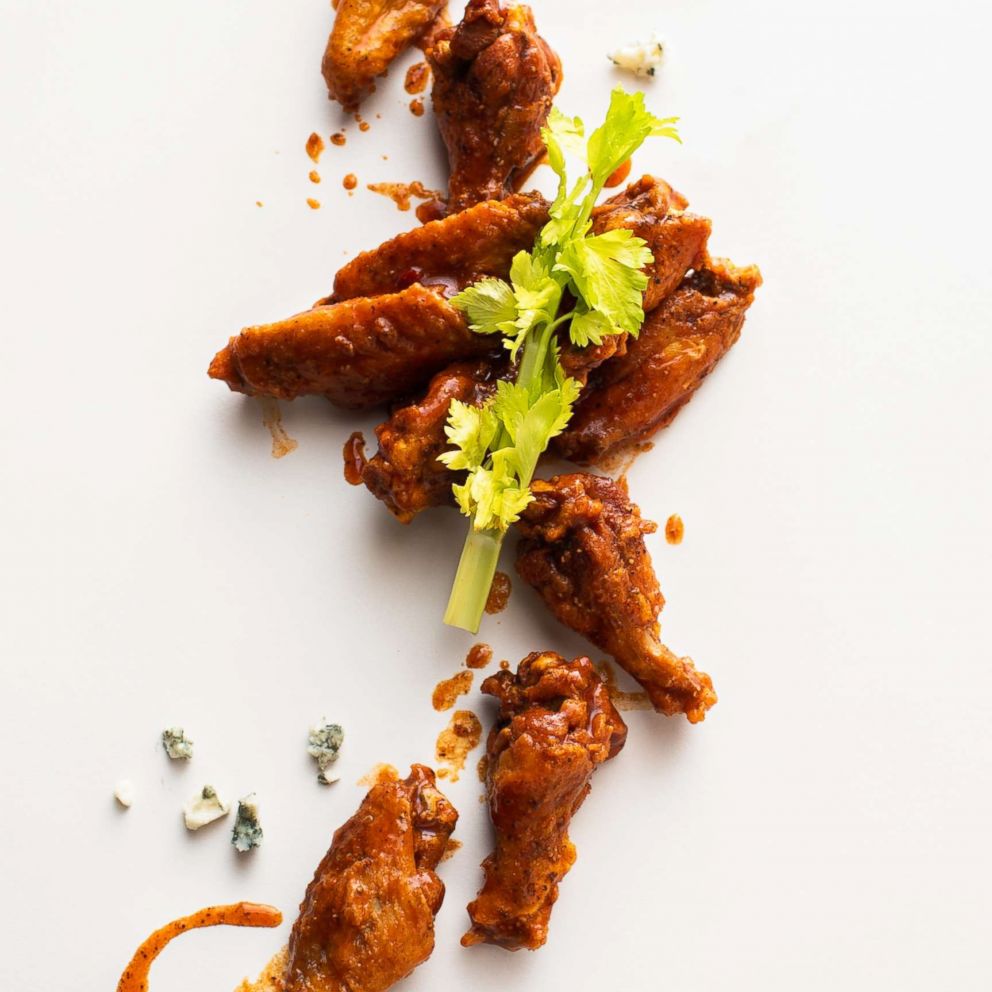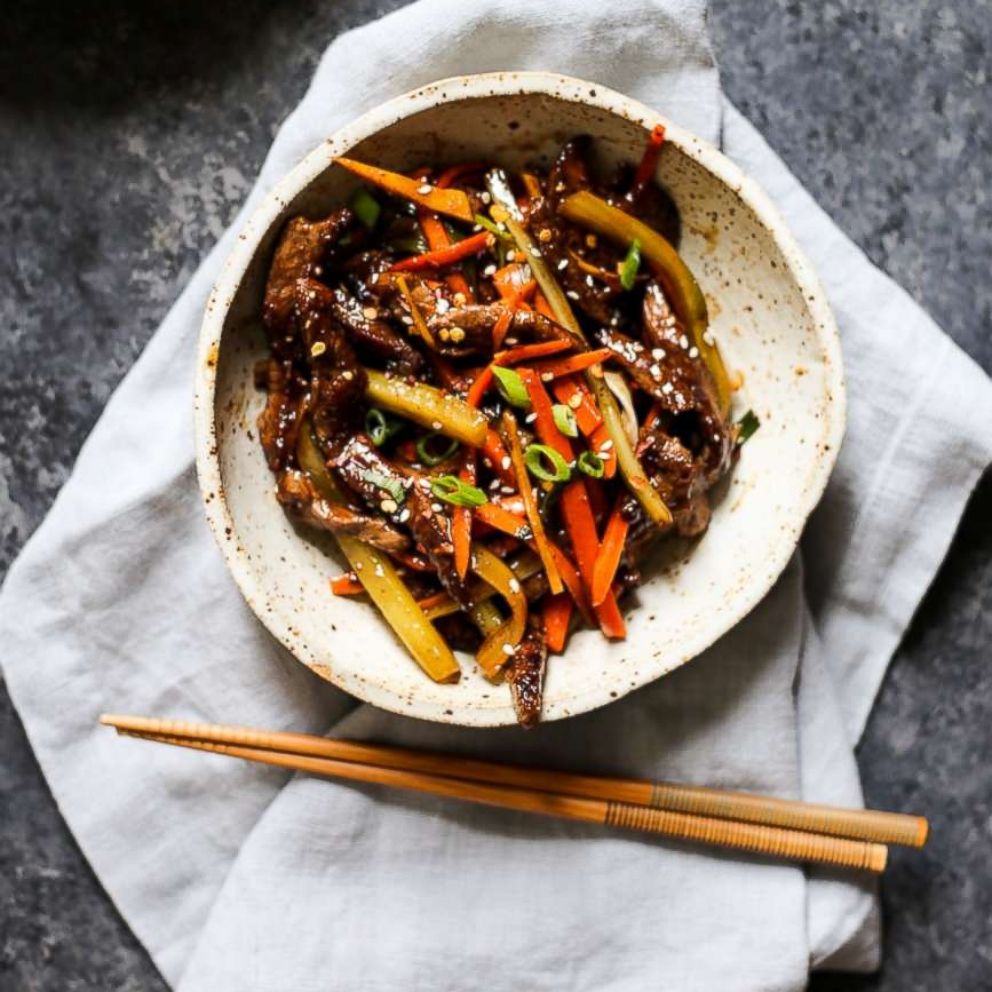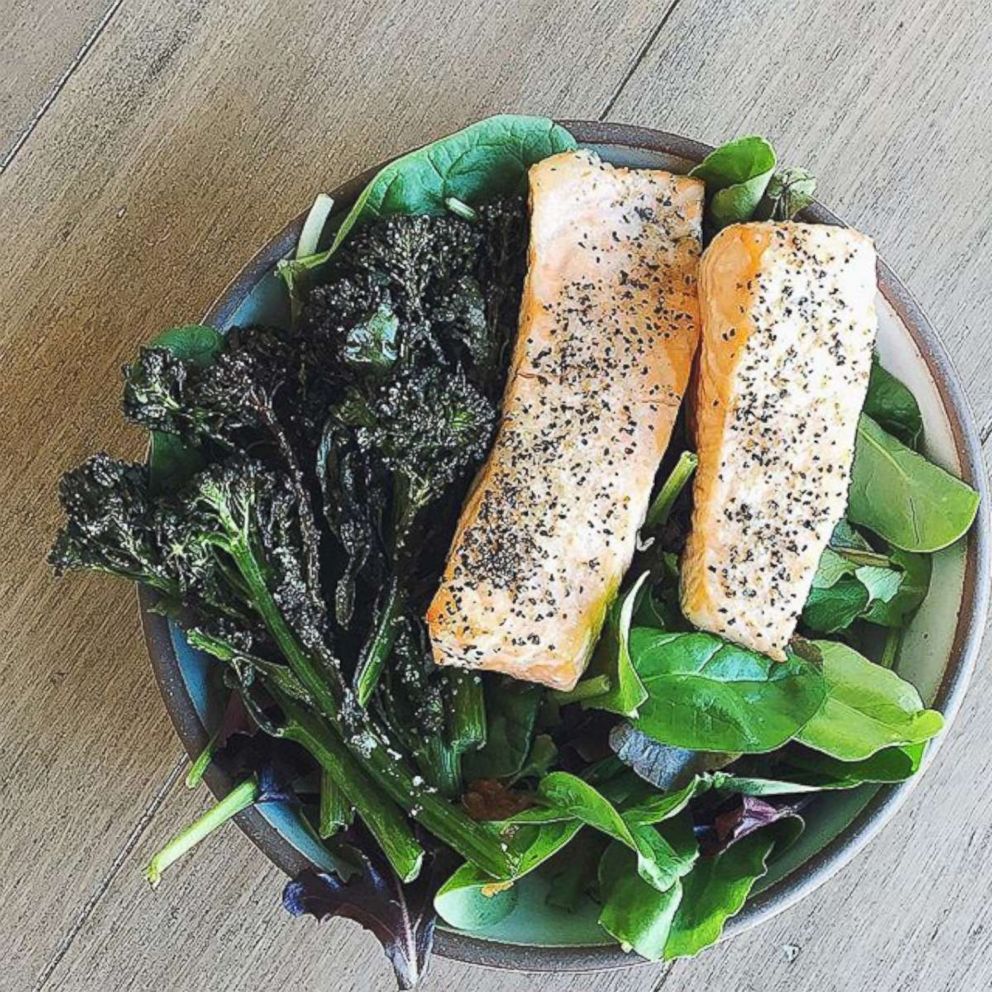Welcome to GMA’s New Year, Best You. As we ring in 2019, we are sharing everything you need to start the new year strong. From keeping your New Year’s resolutions going to Instagram-worthy meal prep to workout programs to eating plans to taking time for yourself, we have it all covered.
If you were one of the many resolutioners who kicked off Whole30 -- the 30-day program that eliminates food groups like sugar, grains, dairy and legumes -- on Jan. 1, congratulations. You made it.
Now comes the even more important part, according to Brooke Brennan, a certified health coach and mother of two from Florida who undertook Whole30 in January, too, for her fourth time following the program.
The next 10 days -- what Whole30 calls the reintroduction phase -- can determine whether all the hard work was worth it.
Here are Brennan's tips, in her own words, for mastering what she says are the most important 10 days of Whole30.
When you hit the last day of your Whole30 journey, you may be having visions of eating tacos, margaritas, ice cream cones or spoonfuls of peanut butter. 30 days can feel like a long time.
You really need to give yourself 40 days to finish the job you started
While it is called Whole30, you really need to give yourself 40 days to finish the job you started.
For many, Whole30 is used as a way to lose a little weight and start the year off in a healthy way. But, it was created as an elimination diet and designed to help you learn if foods you are eating each day may be making you feel icky.
(MORE: Whole30 and keto Super Bowl recipes you and your guests will love)
After eating whole, clean and unprocessed foods for 30 days, my husband and I went out to dinner on day 31 of our first round on Whole30 and celebrated (also having skipped over the chapter on the reintroduction phase in the book). We enjoyed Sauvignon Blanc and French fries and were not feeling tiger blood the next day.
As much as food has the power to heal, for some it just hurts. That is why the Whole30 reintroduction phase is an absolutely critical step in the Whole30 program.
You took the time and effort to plan your meals for 30 days, removing the foods that are the most common triggers to your body: Dairy, gluten, non-gluten grains, legumes, sugar and alcohol.
The reintroduction phase will take just a little more planning and a few more days to learn exactly which foods your body thrives on long-term.
How your body may react
The magic of the reintroduction phase is that as you introduce the foods one at a time, you will watch and feel what happens to your body. You are about to become your own science experiment!
There are three ways in which your body may react.
1. No reaction: I feel great, energized and good. No issues to take note of.
2. Mild reaction: I feel bloated and gassy, dehydrated, tired/foggy, changes in bowel habits, itchy or uncomfortable.
3. Strong reaction: I feel sick, have a bad headache, developed a rash, have increased joint pain or felt cold/flu-like.
So, once you know which food groups your body thrives on and which your body does not agree with, you know, once and for all, how to eat to live.
Unlocking the key to understanding how to eat for your body is priceless information. As we map out the reintroduction phase below, know that while it is a few more days of structured eating, you are about to learn valuable information to use the rest of your life.
What to eat over the next 10 days
Here is a quick breakdown of what the days following the Whole30 should look like, with a few food ideas to help you along the way.
The Whole30 website also has a great resource outlining this phase in great detail.
Day 1: Add in legumes, but keep the rest of your food Whole30 compliant.
The key to each phase of this reintroduction is to add a little bit of each food group at breakfast, lunch and dinner.
(MORE: Everything you need to start Whole30, from a meal plan to a grocery list)
For breakfast, have some peanut butter on a piece of fruit. For lunch, add some lentils to your salad. Eat a side of black beans with dinner.
Days 2 to 3: Eat Whole30, no re-introductions.
Day 4: Evaluate non-gluten-containing grains, but keep the rest of your diet Whole30 compliant.
For breakfast, make a bowl of gluten-free oatmeal. For lunch, have brown rice as a side dish or on top of a salad. For dinner, eat tacos using corn tortillas (no more lettuce shells!).
Day 5 to 6: Eat Whole30, no re-introductions.
Day 7: Evaluate dairy, but keep the rest of your diet Whole30 compliant.
Add some cream or half and half into your morning coffee. Have a yogurt on the side of your lunch. Eat some cheese with whatever you are having for dinner.
Days 8 to 9: Eat Whole30, no re-introductions.
Day 10: Evaluate gluten-containing grains, but keep the rest of your diet Whole30 compliant.
Have half a bagel or a muffin for breakfast. Eat a sandwich on whole grain bread for lunch. Add some pasta to whatever you are having for dinner.
Tips for tracking your reactions
I find using the "notes" section in the My Fitness Pal app to be very helpful. You can type out what foods you ate and then in the notes section, track the reaction experienced.
This data on your body is crucial. When you know if peanut butter makes you itch, dairy makes you sneeze or gluten makes you bloated, you may want to think twice about eating them on a regular basis, or ever.
Why the next 10 days are so important
Many Whole30ers like to make the 30 days into a 60, 90 or 100-day experience. You might be feeling better than you ever have and want to keep eating Whole 30 indefinitely.
But first, go through the 10 days of reintroducing each food group. Gather information on the foods that work for you, and then, based on what you learn, decide how you want to eat in the long run.
Eating Whole30 will always be available to you when you need it. Knowing how to feed your body to thrive is invaluable information.
Don’t skip the reintroduction phase. Your body will thank you every day, for the rest of your life.
Lastly, congratulations! You did it! #Whole30Alumni
Editor's note: This was originally published on Jan. 1, 2019.







